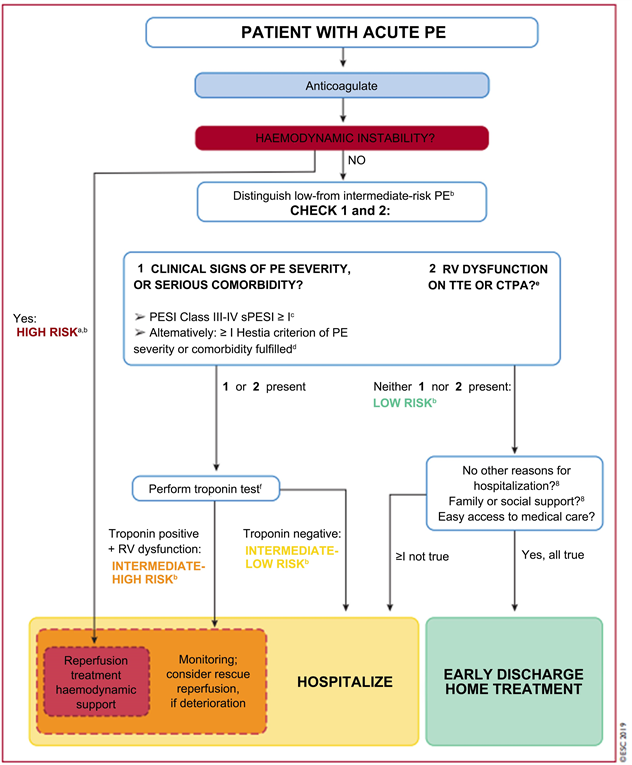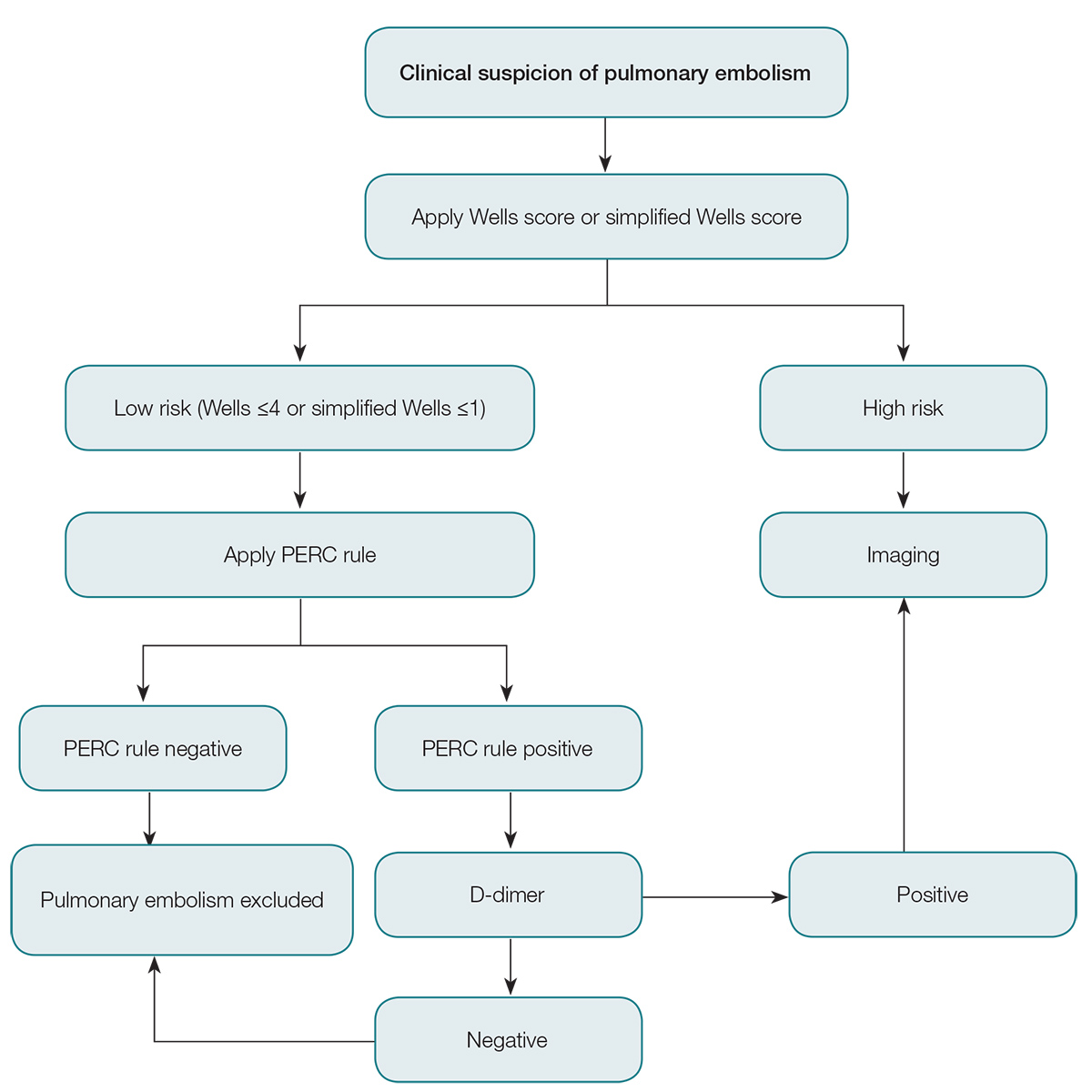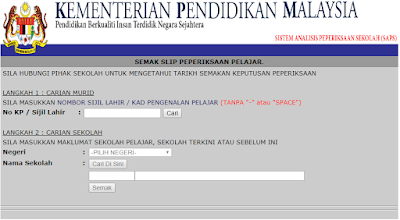The approval for treatment of PE and prevention of recurrence was based on the outcome of the AMPLIFY Apixaban for the Initial Management of Pulmonary Embolism and Deep-Vein Thrombosis as First-Line Therapy and AMPLIFY-EXT studies in which apixaban therapy was compared with enoxaparin and warfarin treatment. It can travel to another area of.

Overall Effectiveness Of Rivaroxaban In Patients With Pulmonary Embolism Clinical Therapeutics

Current Concepts In The Diagnosis And Management Of Pulmonary Embolism

2019 Esc Guidelines For The Diagnosis And Management Of Acute Pulmonary Embolism Developed In Collaboration With The European Respiratory Society Ers European Respiratory Society
With a diverse range of clinical presentations from asymptomatic to death diagnosing PE can be challenging.

Pulmonary embolism treatment. The main goals of these treatments are to stop the blood clot from growing and to prevent any new blood clots from forming. We reviewed the evidence in November 2019We found nothing new that affects the recommendations in this guidance. A pulmonary embolism PE is a sudden blockage in a lung artery.
It is caused by one or more blood clots. Venous thromboembolism VTE which includes deep vein thrombosis DVT and pulmonary embolism PE occurs in 1 to 2 individuals per 1000 each year corresponding to 300 000 to 600 000 events in the United States annually. Symptoms of a blood clot in the leg may also be present such as a red warm swollen and painful leg.
Major risk factors for PE include. February 2015 anticoagulant therapy for the treatment of an initial VTE event and the second NMA 2 included trials which assessed extended anticoagulant therapy in patients who had already had treatment for a VTE event and were having continued anticoagulant treatment for secondary prevention. These evidence-based guidelines from the American Society of Hematology ASH intend to support patients clinicians and others in decisions.
In most cases pulmonary embolism is caused by blood clots that travel to the lungs from deep veins in the legs or rarely from veins in other parts of the body deep vein thrombosis. Pulmonary embolism PE is a relatively common vascular disease with potentially life-threatening complications in the short term. Thrombosis andor pulmonary embolism Issue date.
This blockage can cause serious problems like lung damage low oxygen levels and even death. Embolism Em-bo-liz-m refers to a blood clot embolus that has broken off and is floating freely in the blood vessel. An embolism occurs when part or all of the thrombus dislodges from where it formed and travels in the blood until it becomes stuck in a narrower.
Please see the NICE guideline on venous thromboembolism for further guidance on using this drug. Learn more about causes symptoms and treatment. Pulmonary Embolism Response Team PERT 1.
Prompt treatment is essential to prevent serious complications or death. However prompt treatment greatly reduces the risk of death. Utilize a multidisciplinary Pulmonary Embolism Response Team PERT in patients with high or intermediate-risk PE as well as for PE patients in whom there is uncertainty regarding treatment.
If a GP thinks youve got a pulmonary embolism youll be sent to hospital for further tests and treatment. The most common source of pulmonary emboli is deep vein thrombosis DVT in the lower limbs. PE treatment usually is given in the hospital.
This information is about acute pulmonary embolism. It can damage part of the lung and other organs and decrease oxygen levels in the blood. The blood clot can form elsewhere in the body such as in the veins of the legs pelvis abdomen tummy or in the heart and travel to the lungs.
The accurate incidence of the condition is unknown but it is estimated that 200000 to 500000. What is an acute pulmonary embolism. At hospital youll probably be given an injection of anticoagulant medicine before you get any test results.
Diagnosis Imaging and Risk Stratification of Pulmonary Embolism. Treating a pulmonary embolism. Various resources are available.
Will discuss the diagnosis of pulmonary embolism. A thrombosis is a blockage of a blood vessel by a blood clot a thrombus. Pulmonary embolism PE is part of a group of problems together known as venous thromboembolism VTE.
In most cases the embolism is caused by. Pulmonary Embolism Diagnosis Treatment Guideline. Ensure adequate monitoring of anticoagulant treatment warfarin apixaban dabigatran edoxaban or rivaroxabanFor more information see the CKS topic on Anticoagulation - oral.
Also ensure that the person is provided with. Management and Treatment How is a pulmonary embolism PE treated. A pulmonary embolism PE is caused by a blood clot that gets stuck in an artery in your lungsThat blockage can damage your lungs and hurt other organs if they dont get enough oxygen.
Pulmonary embolism usually arises from a thrombus that originates in the deep venous system of the lower extremities. A pulmonary embolism is a sudden blockage in the arteries that supply blood to the lungs. It usually happens when a blood clot breaks loose and travels through the bloodstream to.
Pulmonary embolism PE is a blockage of an artery in the lungs by a substance that has moved from elsewhere in the body through the bloodstream. Pulmonary embolism PE is responsible for approximately 100000 to 200000 deaths in the United States each year. Medications include different types of blood thinners and clot dissolvers.
Pulmonary embolism PE is the obstruction of one or more pulmonary arteries by solid liquid or gaseous masses. Because the clots block blood flow to the lungs pulmonary embolism can be life-threatening. However it rarely also originates in the pelvic renal upper extremity veins or the right heart chambers see the image below.
Part 2 will discuss treatment and prevention of pulmonary embolism. A pulmonary embolism PE happens when a blood clot gets caught in an artery in the lungs. Treatment of pulmonary embolism is aimed at keeping the blood clot from getting bigger and preventing new clots from forming.
Venous means related to veins. Symptoms of a PE may include shortness of breath chest pain particularly upon breathing in and coughing up blood. Pulmonary embolism PE is a condition in which one or more emboli usually arising from a blood clot formed in the veins are lodged in and obstruct the pulmonary arterial system causing severe respiratory dysfunction.
We also explain how pulmonary embolism is diagnosed and treated and what you can do to prevent having a pulmonary embolism. Evidence-based recommendations on apixaban Eliquis for treating and preventing recurrent deep vein thrombosis or pulmonary embolism in adults. Pulmonary embolism PE is when a blood clot thrombus becomes lodged in an artery in the lung and blocks blood flow to the lung.
Treatment goals for deep venous thrombosis include stopping clot propagation and preventing the recurrence of thrombus the occurrence of pulmonary embolism and the development of. Is this guidance up to date. PE can be treated with medicines procedures and other therapies.
We explain what it is how its caused and what the typical symptoms are. Following confirmation of pulmonary embolism PE and the initiation of treatment in secondary care. A pulmonary embolism is a blood clot that occurs in the lungs.
Escardio Org

Pulmonary Embolism Treatment Algorithm Download Scientific Diagram

Acute Pulmonary Embolism Management Algorithms Grepmed

Emcrit 308 Risk Stratification And Treatment Of Pulmonary Embolism Pe 2021 Is The Pert Wilted

Homoeopathic Treatment For Pulmonary Embolism

Contemporary Surgical Management Of Acute Massive Pulmonary Embolism Intechopen

Pulmonary Embolism Society For Vascular Surgery

Racgp Pulmonary Embolism An Update


